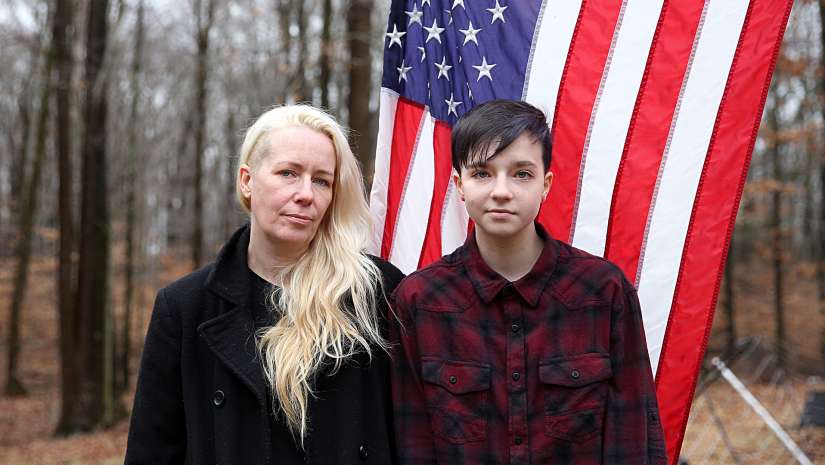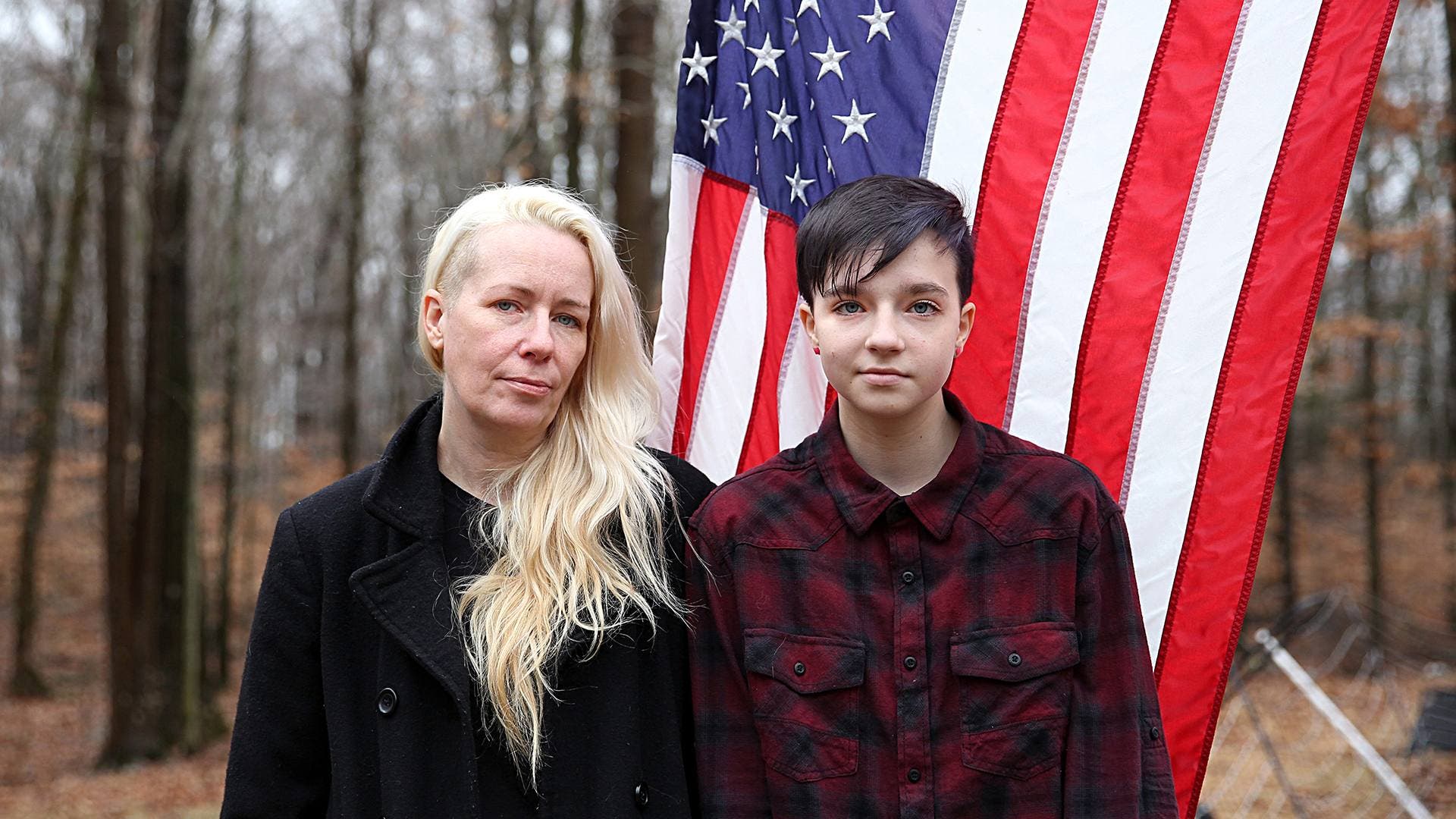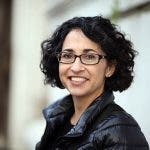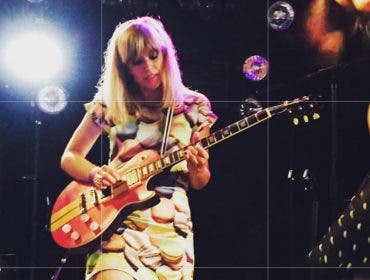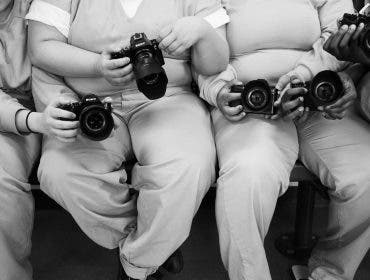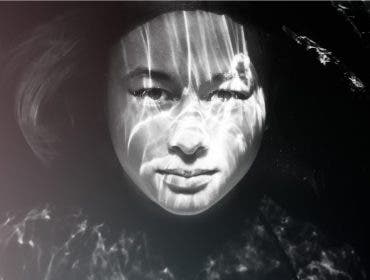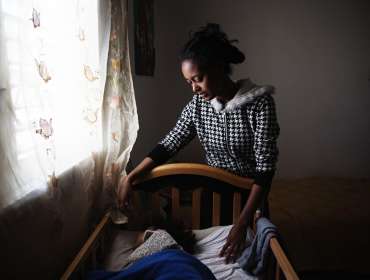When you stop and think about it, it is mind-blowing that our collective visual history (photos and film) has been created from mostly one gender’s view.
I am thrilled to see so many articles and social media threads highlighting the import role that female photographers have in our society. In honor of International Women’s Month and International Women’s Day (March 8) Adorama will be publishing several articles focusing on women in photography, film, and audio.
The consensus seems to be that women with cameras don’t necessarily shoot differently than men. We aren’t better or worse, but the subject matter that we choose to focus on is often different. Take for example Mary Calvert, whose series Missing In Action: Homeless Female Veterans, brought attention to a nearly ignored issue. And Stephanie Sinclair’s project, Too Young To Wed, turned into an international non-profit organization that is rescuing child brides all over the world.
There are many lesser-known female photographers who veer towards topics relating to women. For example, Andi Shreiber’s project “Pretty Please” is a series of compelling and honest self-portraits exploring her own thoughts about beauty as she ages.
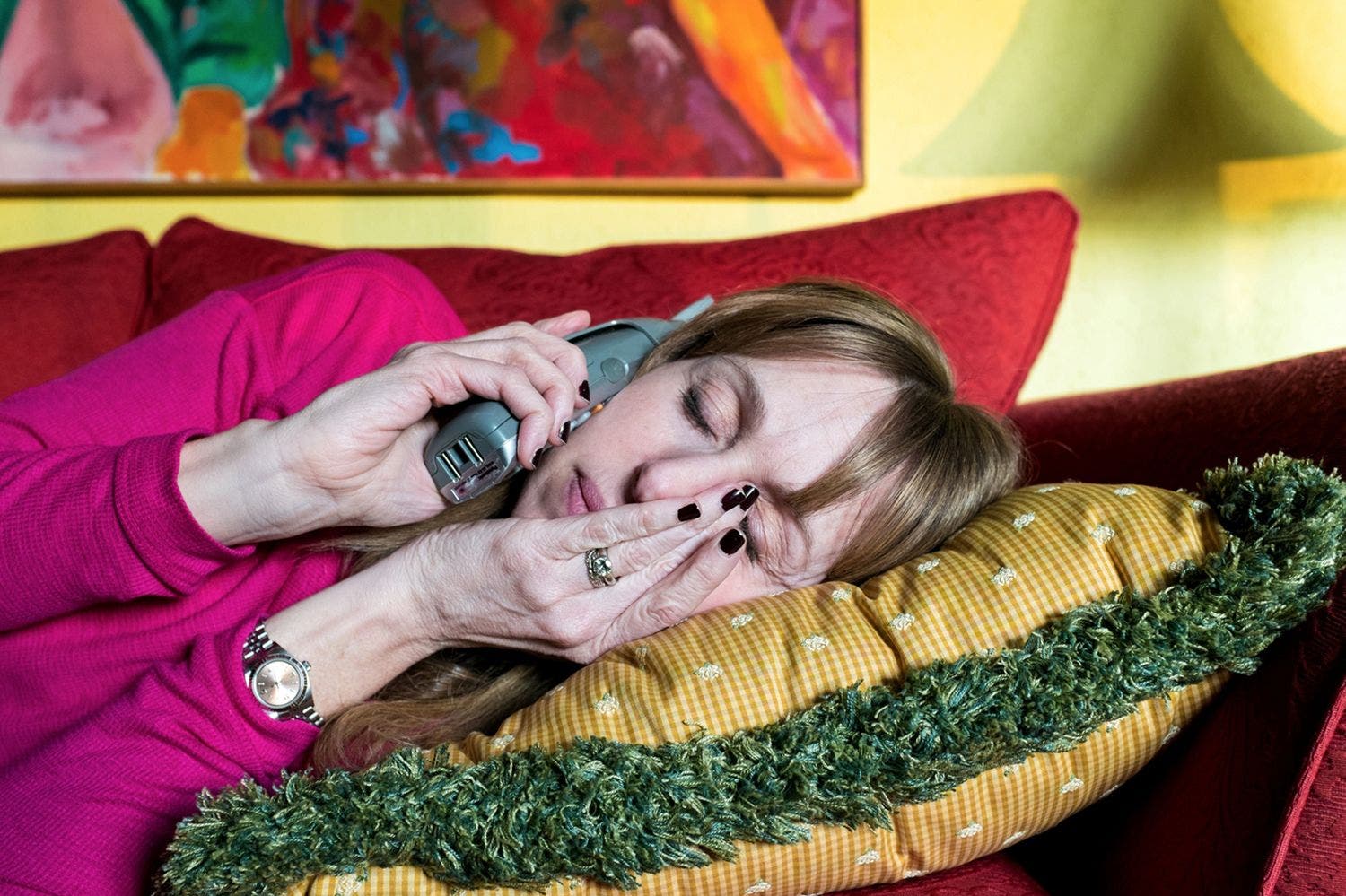
Or Diana Zeyneb Alhindawi, who in February of 2014, was one of only a few photographers in the temporary courtroom set up in Minova at the trial of 39 FARDC (Armed Forces of the Democratic of Congo). Alhindawi documented the trial and the story about the 10-day run of violence in 2012 where more than 1,000 women, children and men were raped.
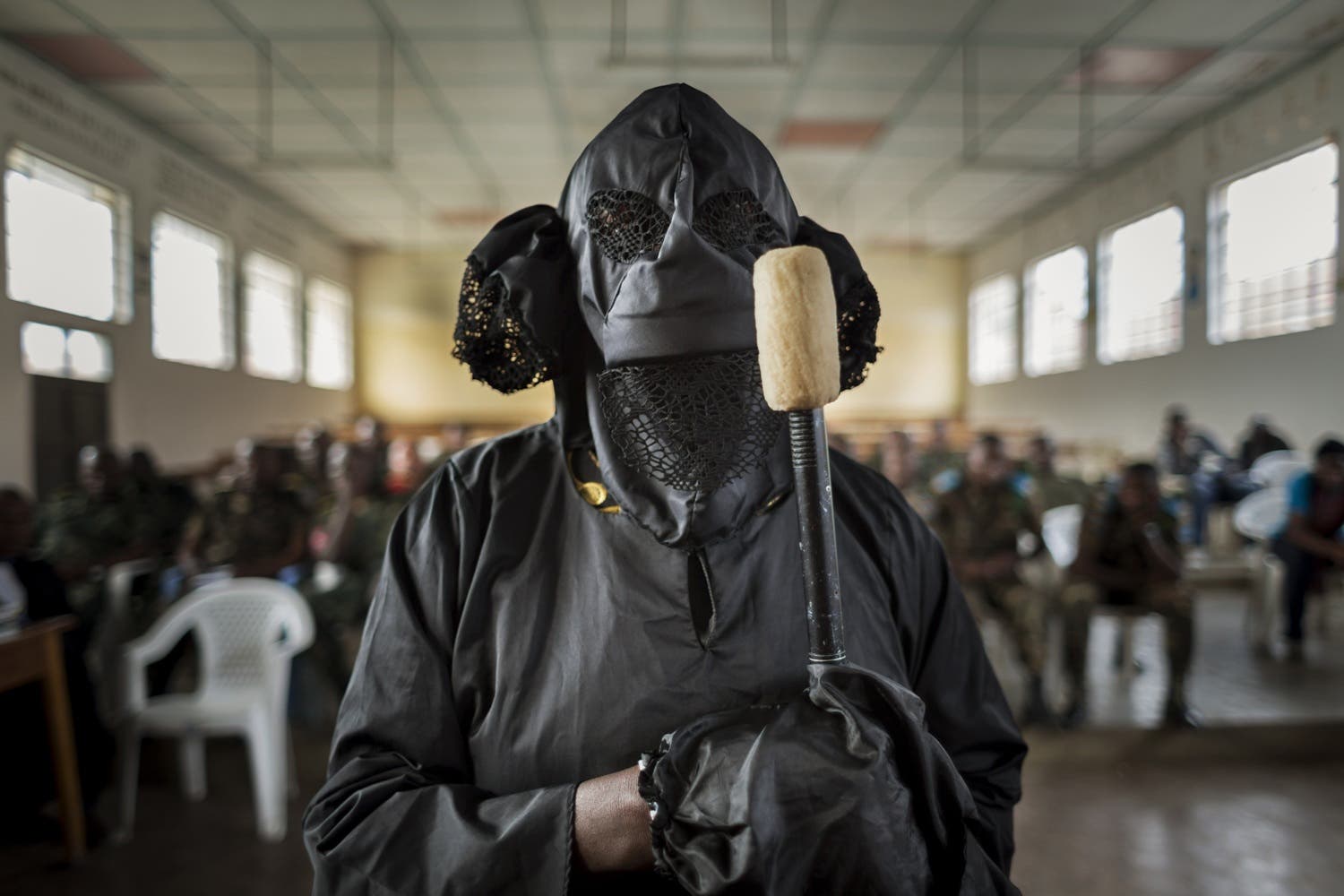
Laura Husar Garcia was living in Santa Fe, NM when she walked by a nun mowing a lawn and took a photo with a brownie. That one image launched her into her long form documentary project, “Behind the Veil.”

These photographers covered intimate and sometimes difficult topics that affect women – their access to their subjects may or may not have depended on the fact that they were female photographers. But their interest and desire to focus on female veterans, child brides, rape, nuns or what it means to be pretty, is why it is important to see the work of both women and men.
So why do fewer assignments go to women? Why are female sports photographers a novelty rather than the norm? Why do Time Magazine’s “Top Ten Photos Of The Year” consistently include mostly images taken by men with one or on the rare occasion two, taken by women? In 2014 there were two images taken by women, the selfie taken by Ellen DeGeneres at the Academy awards and Nilüfer Demir’s portrait of the drowned Syrian refugee boy face down in the sand. I do not believe that publications aren’t intentionally excluding women photographers or their photos from their “best of” series. Most likely their database has always included far more men than women and so the lopsided gender ratio of published photographs continues. Which is why Danielle Zalcman’s idea to create Women Photograph, a database and website listing female photographers by country and region is such a great idea.
Personally, I am less interested in questioning why things are they way they are and more interested in being part of a solution. This is why I launched my blog me&EVE, where I publish portraits and micro interviews about everyday women. My goal is to give all women an opportunity to be seen and heard. Interestingly, I find it’s not the photograph itself, but the ten minutes that I spend with each of my subjects seeing and listening to them, that I believe sparks the change I am hoping to be a part of.
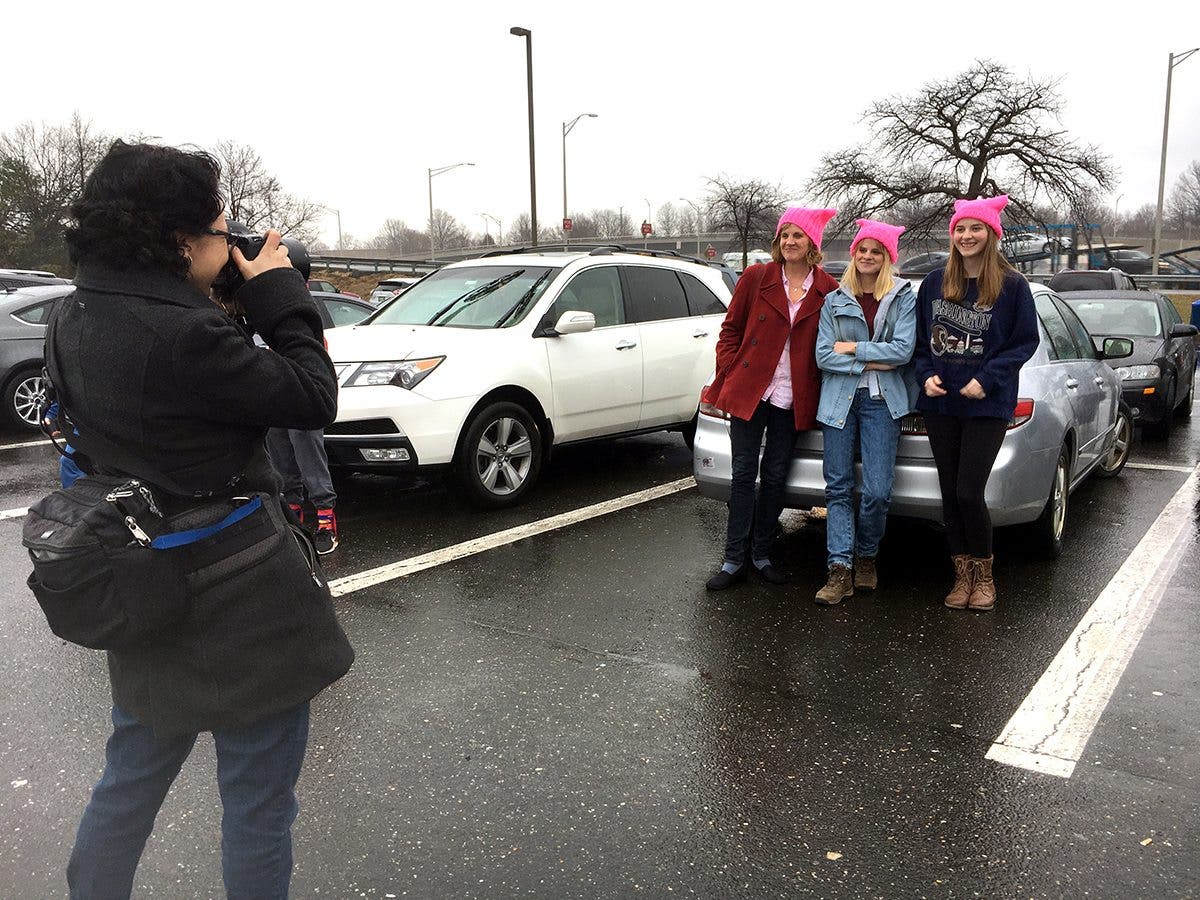
At a recent seminar I was asked, “Why are you doing so much for women, isn’t what you are doing just reverse discrimination?” It’s a great question, which begs more questions. Do women need more help than men? Won’t the cream rise to the top regardless of gender? Aren’t women strong enough to make it in the industry without special treatment? Do women need special female-only groups to succeed? These are questions we can ponder and debate all day long but in the meantime there are some very interesting stories about women and/or photographed by talented women that we aren’t getting to see. If our work is not being seen than how will we be able to pay our rent, feed our children, afford health insurance or buy the camera gear we need?
Tomorrow is International Women’s Day and I’m thrilled to announce that I am working with Adorama to launch “Women with Cameras”, an initiative to support professional and non-professional female storytellers. This month, Women’s History Month, we will be hosting workshops, shopping events and seminars geared for women. Each Wednesday, Women with Cameras, will be highlighting the work of a female storyteller and publishing their images on the Adorama’s instagram feed.
If you are looking for ways to get your work seen I have listed some resources below. I highly recommend attending portfolio reviews and reaching out to publications and editors who you think would be interested in your work.
Resources:
Where to get your work printed or projected:
- Viewfind: They are always looking for compelling documentary stories to publish.
- Lensblog: It is one of the most popular photo blogs and have become increasing competitive to get your work published but they are always looking for good visual stories.
- Slideluck Potshow: This photo event is held all over the world.
- The FENCE: One of the coolest public art initiatives that I’ve seen. Submit your work to be included. If it comes to your city don’t miss it.
How to get your work in front of editors:
- Hit the pavement. Find out how to drop off your portfolio with the editors that may be interested in your work.
- Portfolio Reviews that I recommend; Review Santa Fe, The New York Times Portfolio Review, Palm Springs Photography Festival Review, PhotoPLUS Expo portfolio review and Photolucida. (There are many more portfolio reviews out there, but these are the ones I have either attended or have colleagues who have attended and recommended them.)
Links to recent articles about the importance of Women with Cameras.
If you want to have your work featured on ALC please get in touch. And, I want to hear from you about the kinds of events or workshops that would be useful for developing your photography skills/career. Please email me at dorie@doriehagler.com.
